The tender, green shoots of any crop stem from the soil. Food availability and all life rests on the soil. This builds the case for effective soil profiling. Ever thought soil mapping is easy? Not so. The soil that meets the eye on the surface varies in texture and composition in the layers beneath. Any soil needs to be fed with at least 15 nutrients to sustain life above it. Unless we accurately map the requirement of any soil, it may have a telling impact on crop yield, thwarting the goal of a ‘hunger free’ world. The Food & Agriculture Organization (FAO) estimates that food production needs a spike of 50 per cent globally and 100 per cent in developing nations by 2050 to meet the burgeoning food demand. As a remedy, FAO recommends sustainable soil management to be the recipe for producing up to 58 per cent more food. And, for sustainable soil management to deliver outcomes, scientific soil testing and profiling holds the key.
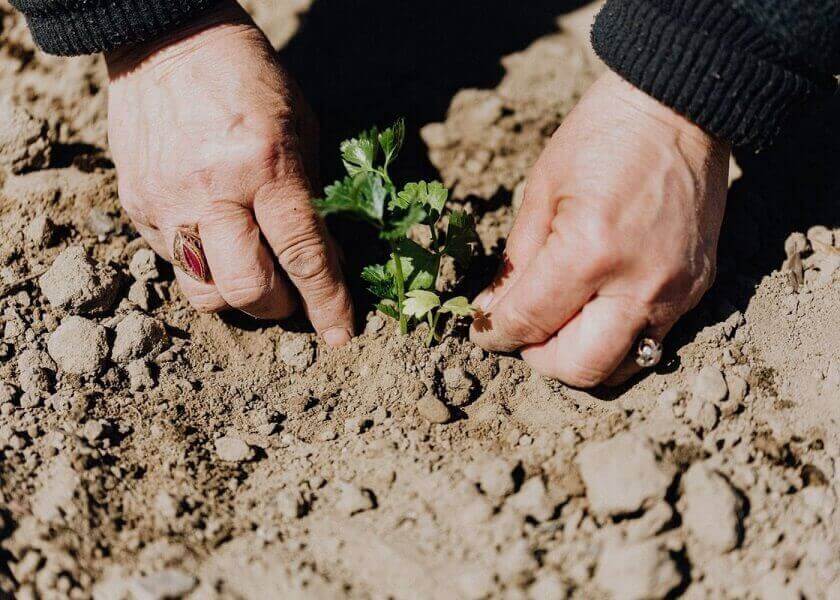
Smart and end-to-end automated soil mapping solutions can achieve the desired objective. But going for automated solutions is still beset with challenges given the hurdles posed by both topography (of soil) and geography (locations where the solutions are to be implemented).
Tackling Challenges Below and Above the Soil
- Manual Soil Mapping: Paper-based soil profiling not only devours time but also is prone to errors. This leads to delay in information reaching the policy makers who take a call on soil health planning and crop productivity.
- Absence of A Central Database: The lack of a centralized soil database makes it difficult to analyze or interpret the data on collected samples. Soils vary in texture, quality and nutrient value and there are umpteen parameters used for their evaluation.
- Overcoming Digital Divide: A significant chunk of the world we live in is still untouched by basic internet connectivity. It’s a pressing challenge to deploy ‘digitally enabled’ solutions in such ‘digitally excluded’ regions.
- Limited Awareness of Emerging Technologies: Stakeholders like soil classifiers and soil scientists are still not amply aware of the digital interventions and niche technologies that promise to change the scope and applications of soil mapping.
National Soil Information System: A CSM Innovation to Unearth More Wealth From Soil
The National Soil Information System (NSIS) that we have implemented in Ethiopia is a case of end-to-end automation, integrated with multiple touch-points like the country’s national soil database, lab analysis results and data mining. NSIS leverages advanced sensors as well as intelligent targeting and geo-processing algorithms to produce high-resolution, accurate soil and topographic information. The system conducts infrared spectroscopy as well as dry and wet chemistry analysis to evaluate soil characteristics. The field and lab results are fed to the soil database while the collected soil samples are archived in Soil Library for future analysis and forecasting. Also, it uses Machine Learning (ML) algorithms to generate soil fertility status and make recommendations for application of fertilizers. While technology is a huge enabler, many areas of Ethiopia are still untouched by internet.
NSIS has a mobile app (synced with the national server) for capturing survey results achieved online which are then fed to the central data repository. Besides this, the mobile app has offline soil information useful for development agents to guide farmers on the right usage of fertilizers. The digital system has successfully captured over 80,000 soil samples across 748 Woredas (smallest administrative units in Ethiopia), benefiting the government, institutional growers, farmers and other stakeholders in the food industry.
Solutions like NSIS are disruptors as they merge ingenuity in technology with rigour in ground work. Futuristic technologies in soil mapping that link cutting-edge research in labs with applications on the field promise a better tomorrow for all.






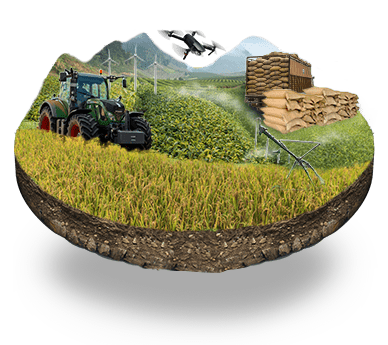









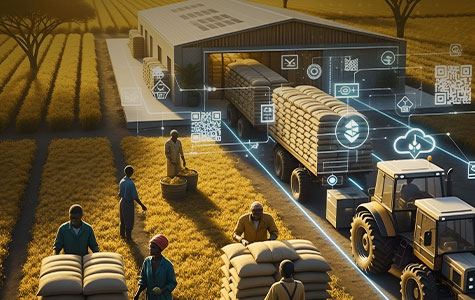







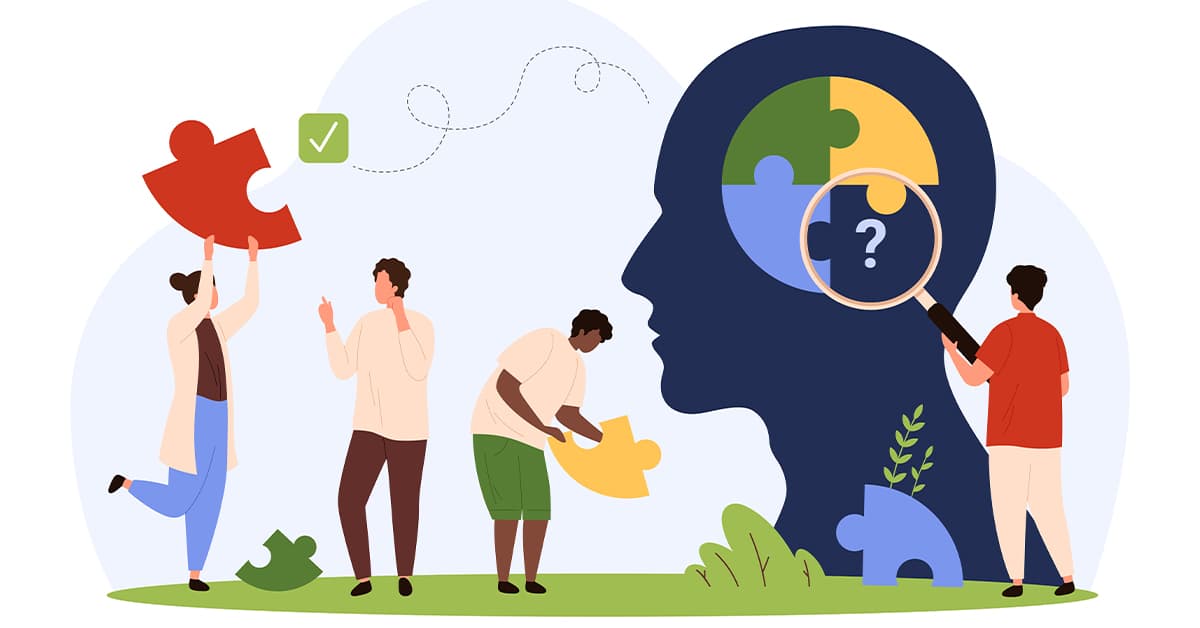
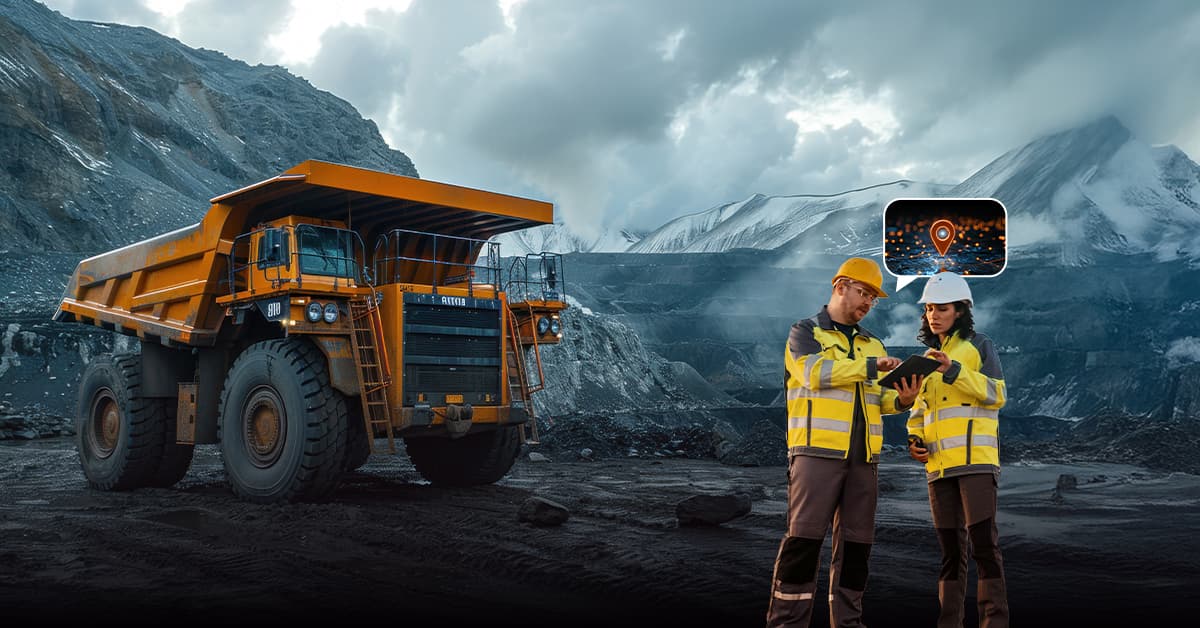



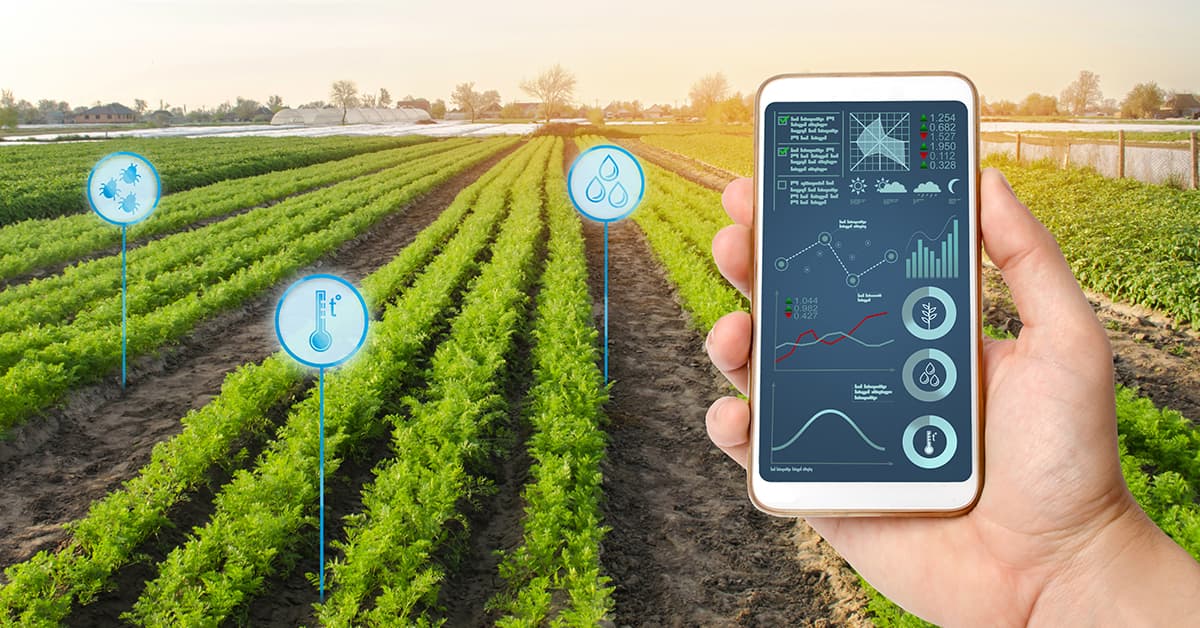







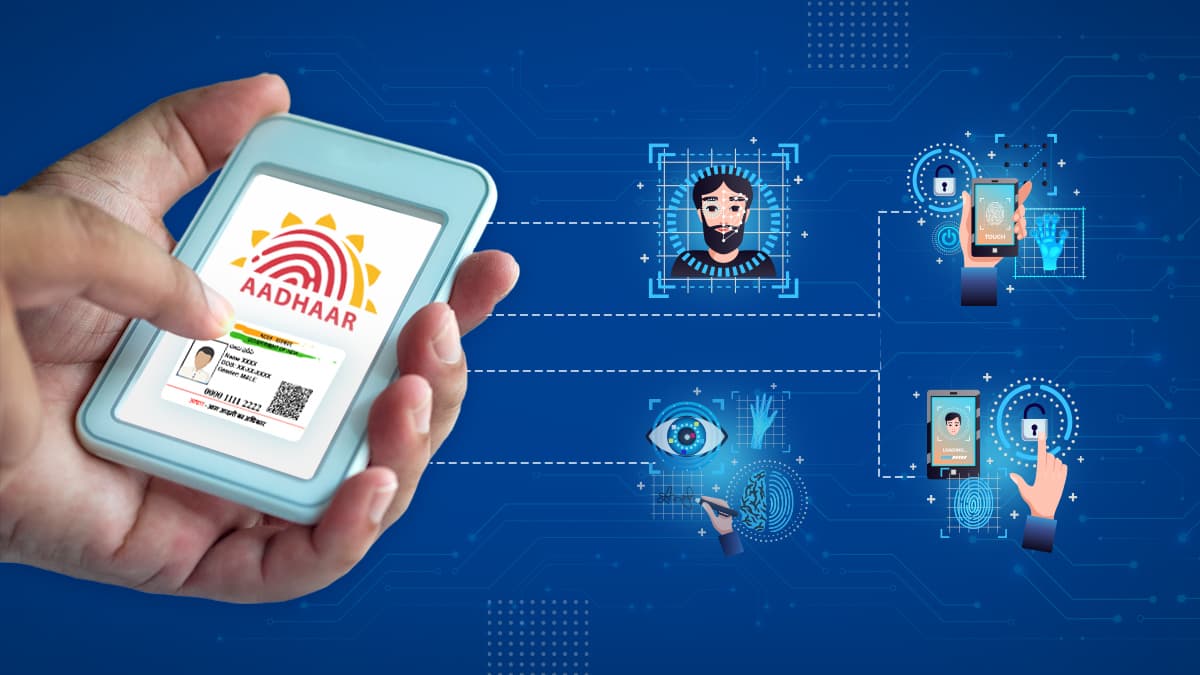
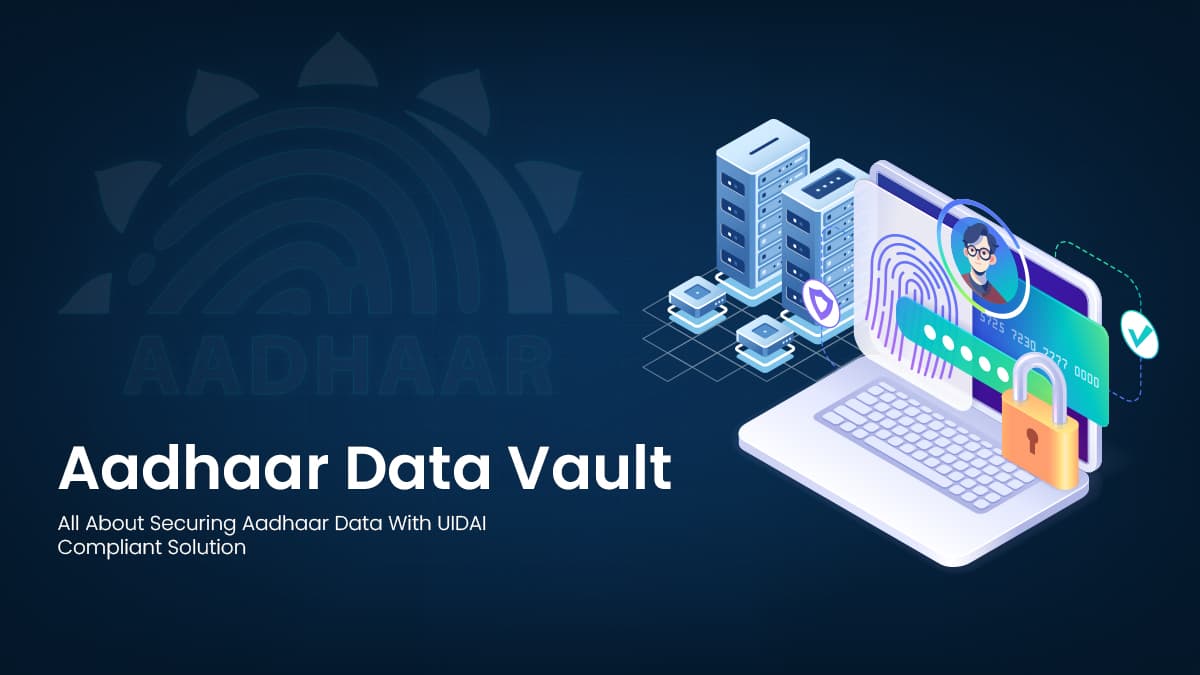



We will verify and publish your comment soon.